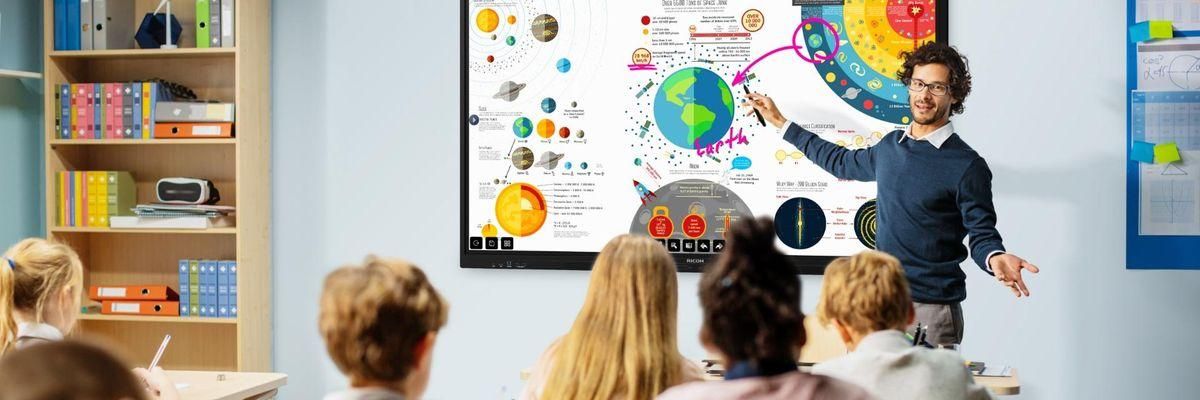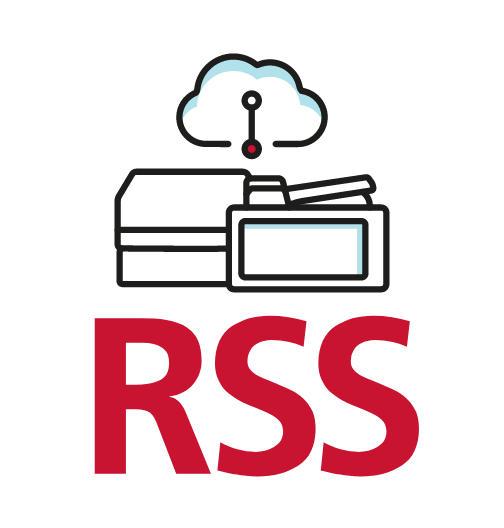
Education 4.0: a look at the future of education
The future of learning looks bright and hopeful. With advances in technology, there is the potential for learning to become more accessible and inclusive. At Ricoh, we support the education sector in taking the next step.
By Marcelo Szabo, Regional Sales Manager Communication Services & Technology at Ricoh Latin America
In recent years, the idea of conventional teaching has changed radically. With the development of collaborative technologies such as videoconferencing systems and smart boards, being physically in a classroom is no longer the only way to learn.
What does it mean for the future of learning?
Collaboration, co-creation, and connection
The idea of a teacher standing in front of a class of students listening and responding to instruction is increasingly obsolete. Student learning spaces will eventually replace the traditional classroom. Students thus become collaborators or co-creators of their learning.
Classrooms will exist as both physical locations and virtual spaces, inverting the current learning model to allow students to learn from anywhere, while spending class time collaborating and applying their knowledge to real-world problems.
Learning anytime, anywhere
It is becoming easier and easier to connect with a global audience as the digital age advances. With the push of a button or a simple voice command integrated into available videoconferencing systems, more students and schools will seek to adopt a distance learning approach.
When it comes to learning, technology is no longer a motivator, but a necessity. It must be included in the future of education to ensure that students are prepared to function in a digital society. Therefore, the education of the future will have to illustrate how technology can be used to benefit learners and teach future generations to cope with the new realities and needs of the labor market and societies.
Personalization for a learner-centered approach
In the past, regardless of aptitude or ability, all children did the same task. We now understand that this leads to disengagement and poor results. Consequently, teachers will create individualized learning plans for students, allowing them to learn at their own pace and engage with the content that benefits them most.
These strategies will be effectively integrated into the school system through a mix of evidence-gathering and input from parents, students, and other professionals.
Changing teaching methods
Educational leaders have begun to reach out to young people using novel teaching methods, such as virtual learning, educational games, interactive smart boards, and even edutainment.
Simulated learning situations immerse the learner in the learning process. RoomQuake, for example, transforms an ordinary classroom into an earthquake simulator. Students can enter an experience with educational games and edutainment learning approaches, which offer possibilities for great teaching moments.
In addition, this strategy offers enough opportunities for students to acquire real-world skills, such as teamwork and time and task management.
Younger generations will be more interested in self-learning
Self-learning is much more accessible than ever in the digital age. Much of this is due to access to 24-hour news and many websites that provide a continuous stream of data. Not surprisingly, social networks play an integral role in this self-education process. The most popular channels for people to learn about important topics are YouTube, Facebook, Twitter, and Instagram.
The future of learning appears to be bright and hopeful. With advances in technology, there is the potential for learning to become more accessible and inclusive. At Ricoh, we support the education sector to take the next step with integrated, end-to-end solutions that include consulting, design, installation, support, and maintenance services.
For more information, visit: https://www.ricoh-americalatina.com/en





